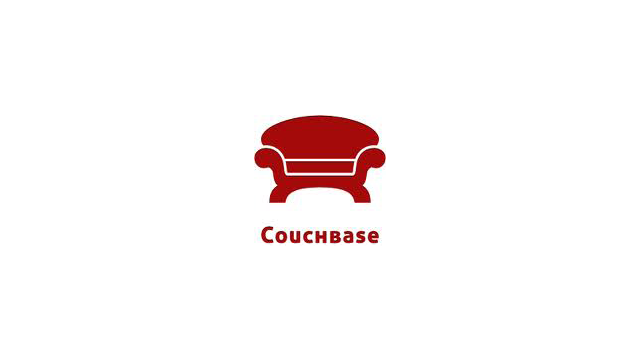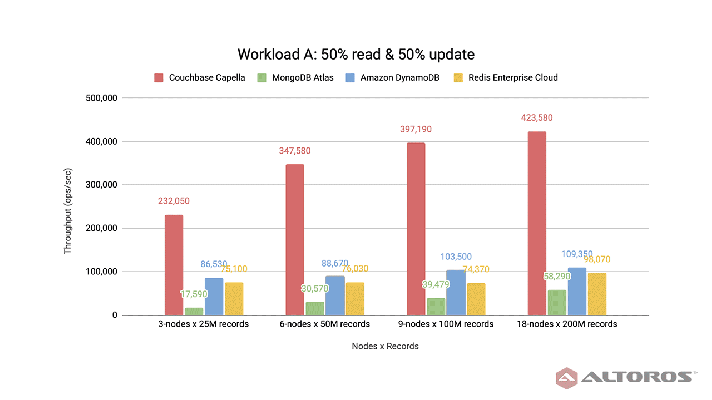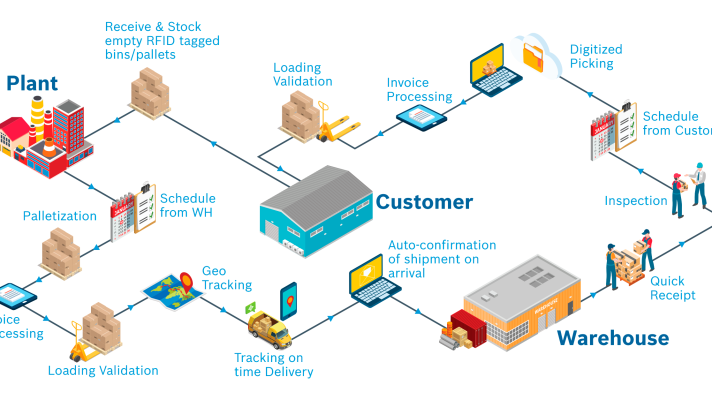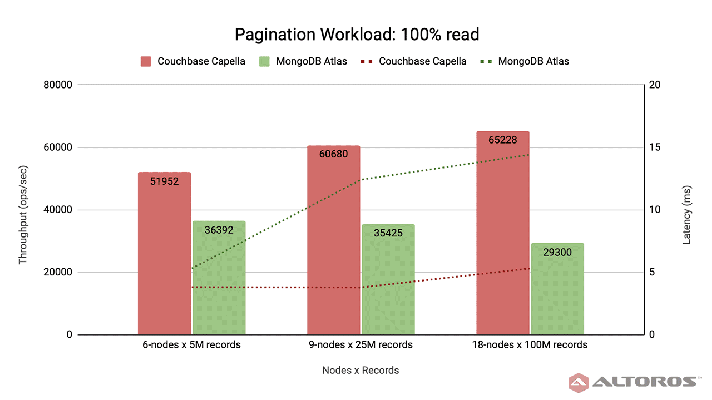Couchbase Becomes Document-Oriented and Gets Indexing in a New 2.0 Release

SQL vs. NoSQL
According to Bob Wiederhold, CEO of Couchbase, NoSQL databases emerged as a response to the problems caused by a fixed schema structure of SQL solutions and their proprietary nature. In this interview, he explains the difference between SQL and NoSQL products and mentions the tasks they help to solve. While SQL solutions increase their performance mostly through extending hardware capabilities (e.g., through buying bigger CPU, expanding memory and disk space), they still face some limits that result in database sharding.
During the interview, Bob Wiederhold dwelled upon the consequences of splitting a SQL database into several parts and discovered how NoSQL databases address such issues. The expert also explored the variety of NoSQL types and explained why all of them exist at the same time. The interview features the main principles of NoSQL databases and reveals the best use cases. Bob Wiederhold also shared his opinion about what to expect in the field of distributed databases in the near future and what a new “more prominent model” means.
Couchbase is a privately held company with the headquarters in Mountain View, California, and the development offices around the world. The company created a Couchbase Server, an open-source NoSQL database for serving data-intensive, rapidly growing, interactive web applications in the virtualized or cloud environment. Altoros assisted Couchbase in building some parts of this awesome product that is now deployed by AOL, Deutsche Post, NTT Docomo, Salesforce.com, Starbucks, Zynga, and other world leaders.
Want details? Watch the video!
In this video, Bob Wiederhold talks about the differences between SQL and NoSQL database and explores what tasks both databases perform.
Further reading
- Benchmarking Couchbase Server vs. Cassandra vs. MongoDB for Interactive Apps (2013)
- NoSQL News for June 2013
- The 2014 NoSQL Technical Comparison Report: Cassandra (DataStax), MongoDB, and Couchbase Server







